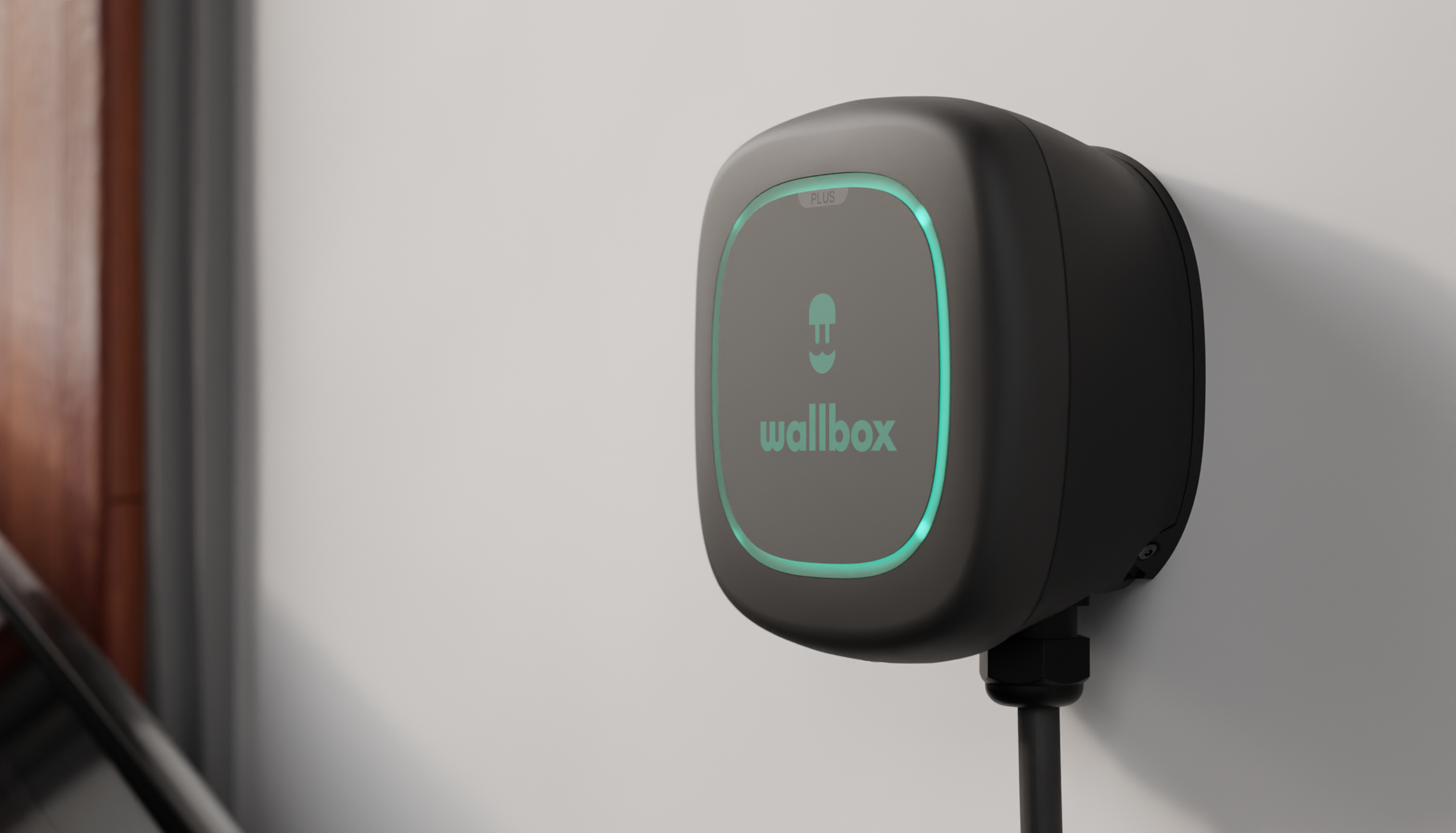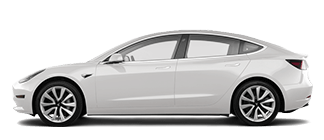Incentives for EVs and PHEVs are available in many states, some ranging up to $4,500 depending on the vehicle, with additional incentives often available for lower-income buyers and lessees.
How far can EVs travel?
Depending on its battery size, an EV can travel more than 350 miles on a single charge. That’s like driving from Los Angeles to Silicon Valley…without recharging! Keep in mind, the average commute in the US is only 41 miles—well within the range of even a small EV to drive roundtrip!
The average range for EVs currently sold in the United States is between 200 and 250 miles, although several models available now or by the end of 2021 will have ranges well above 300 miles, with at least one new model promising range of more than 500 miles!
Still thinking about those longer drives? By March 2020, the U.S. had approximately 78,500 charging outlets and almost 25,000 charging stations for plug-in electric vehicles. A considerable sum of these chargers is found in California, with 6,835 stations and 28,545 power outlets. 1 Before we know it charging stations will be more common than gas stations!
PICK A CAR AND SEE HOW FAR IT CAN TRAVEL ON JUST ONE FULL CHARGE
How long does it take to charge?
The time it takes to charge will vary depending on your car and where you charge it. Some cars can charge in as little as 15 minutes with an ultra-fast public charger.
When charging at home, the charging speed depends on your car's battery capacity, your home's connection to the electric grid, the onboard charger of your car and, most importantly, the type of charger you use. If you're using a standard, 120V outlet, charging can take a full day or longer.
The fastest way to charge at home is using a smart, 240V home charger, which can be up to 8x faster than a standard outlet, meaning your car charge overnight and be ready every morning with a full "tank".
Want to calculate the charging speed at your home? Here's how.

With a smart home charger:
Up to 8x faster
With a smart home charger:
Up to 8x faster

With a wall plug-in cable:
Around 24 hours for a full charge
With a wall plug-in cable:
Around 24 hours for a full charge
What about price? How much will charging cost?
Where and when you charge can determine what you pay. Many employers, supermarkets and malls now offer free charging. Other public chargers can vary depending on the station's owner.
At home, charging during off-peak hours is the smartest--and cheapest--way to charge. After all, one kilowatt of charge around dinnertime (when lights, ovens, etc. are on everywhere) is not equal to one kilowatt at 2:00am when demand is at its lowest. That's where a smart charger can help! You can schedule your charging sessions to take advantage of low electrical rates.
Take Lidia for example: She lives in Pasadena and drives a Tesla Model 3 with a 75 kWh battery. She schedules her sessions for off-peak hours using her smart charger to have an average cost per kW of 26 cents which means she will only spend $19.50 for a complete charge. During peak hours the cost per kW could be 41 cents—that’s $30.75 for a complete charge! 2 Smart is getting yourself a $11 discount, every time!
Speaking of savings...
To encourage the transition to sustainable transportation, many states offer grants and incentives to help citizens purchase or lease EVs and PHEVs. 3
Incentives

Tax Benefits

Alternative Fuel Infrastructure Tax Credit: purchasing an electric car can give you a tax credit starting at $2,500.
Other tax credits are available if the battery size is 5kWh with a cap of $7,500 credit if the battery exceeds 16kWh.
Local benefits

In California, for example, you can get a Clean Air Vehicle sticker, making your vehicle eligible for reduced rates or exemptions from toll charges for HOV lanes. 4
It’s worth checking out your local incentives, as some may offer extra subsidies.
Take a look at the complete guide of incentives.
Learn more

What should I look for in a home EV charger?
Read more
Meet the family
Wallbox
Find the best charging solution for your EV experience.
Smart charging with maximum insights and control with MyWallbox App or MyWallbox Portal.






